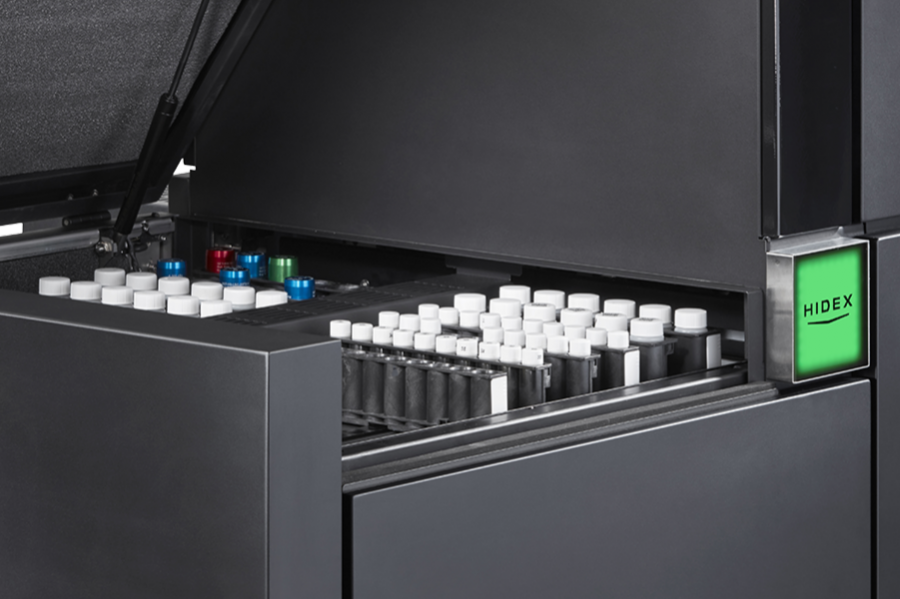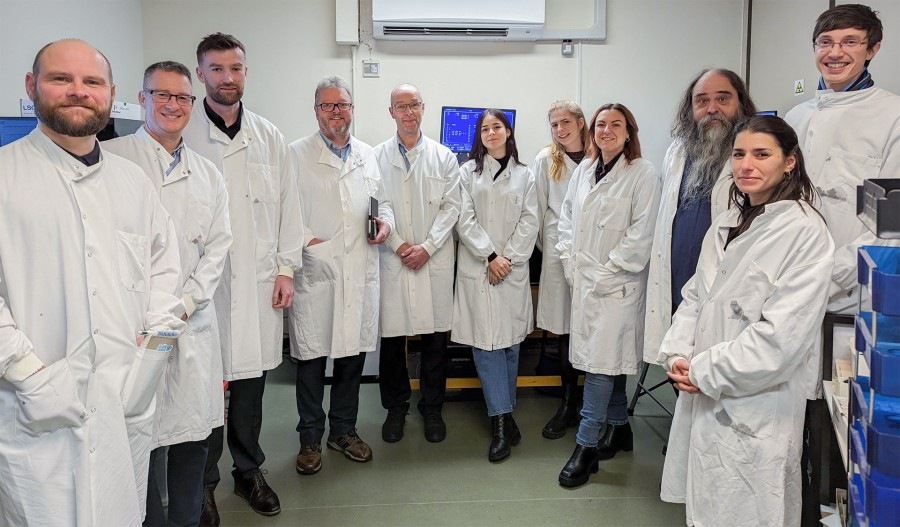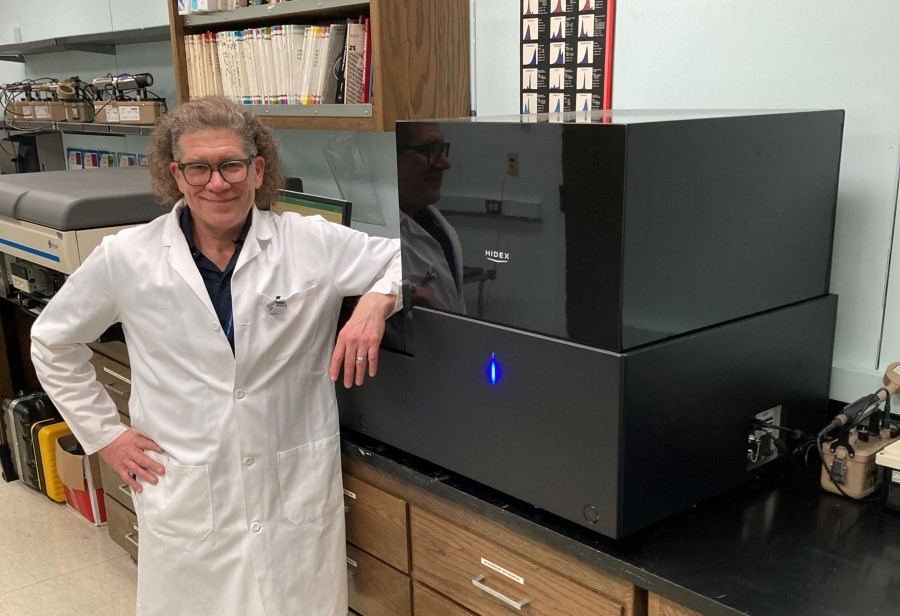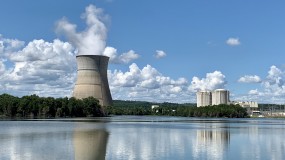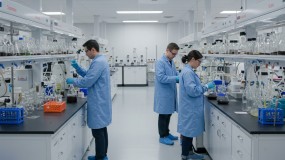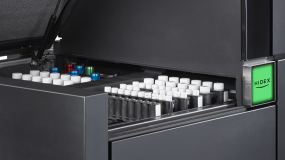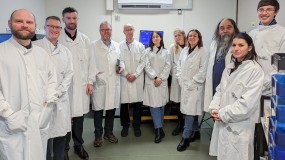Designed to meet the needs of laboratories processing large quantities of samples, the Hidex 600 SLe is a high throughput automatic TDCR liquid scintillation counter.
Hidex are excited to release the improved 600 SLe. It has retained the same intuitive software, operation, and performance as the existing 600 SL, including the unique TDCR detector, but has several improved key features.
The 600 SLe now features an optional QR code reader for compliant sample identification, with barcodes read directly from the vial cap to improve traceability from sample to result. A cooling conveyor is included, with samples cooled at 5°C or greater than below ambient room temperature in normal laboratory conditions. It has improved error handling with more descriptive error messages to facilitate troubleshooting and the detection chamber hood now slides back rather than needing to be lifted, allowing access to retrieve stuck vials.
The Hidex 600 SLe can be used in a 21 CFR part 11 compliant manner
The Hidex 600 SLe can be used in a 21 CFR part 11 compliant manner thanks to Laura software. The 600 SLe can now be validated to ensure accuracy and reliability. Time-stamped audit trails are generated automatically and cannot be modified, making it easier to track end-user activity. Also in line with 21 CFR regulations, each end-user will have a unique, secure ID login and password.
Proven technology
The Hidex 600 SLe uses the robust and unique triple-to-double coincidence ratio (TDCR) counting technology from the successful 300 SL series. Coupled with added sample capacity for over 500 small vials (or 210 large vials), the 600 SLe can process samples at a rate which will satisfy even the most demanding production schedule.
The instrument’s software allows the user to work with an unlimited number of methods and apply them to a sample using a simple ID or barcode number. Samples are loaded in racks and as they automatically pass through the system, the instrument can scan an identification label on the vial and apply the required method accordingly.
Hidex’s MikroWin software version 5.62 is fully compatible with Windows 11
Hidex is the only manufacturer of liquid scintillation counters whose software is fully compatible with Windows 11, Microsoft’s latest major release. Hidex’s MikroWin version 5.62 can be run on any external desktop, whereas other manufacturers use internal computers that are integrated into the liquid scintillation counter itself.
This can present problems if there is a fault with the internal computer, as it prevents the user from operating the instrument as well. Being able to use an external desktop to manage your instruments allows MikroWin software to be easily updated with new releases and is compatible with Microsoft’s latest security features introduced in Windows 11.
Optional Features
The Hidex 600 SLe is available with all the options of the standard model, such as powerful alpha/beta separation, low level PMT detectors, cooling unit, and internal Eu-152 reference source.
To learn more about liquid scintillation counting applications and techniques please visit Hidex’s Liquid Scintillation – Measuring Procedures, New Developments eBook.
Hidex 600 SLe Super Low-Level Liquid Scintillation Counting
The Hidex 600 SLe super low-level liquid scintillation counter is equipped with additional lead shielding, low-level PMT detectors, and an active guard detector for further background reduction.
Ideal for 3H in water measurements, other low-level environmental monitoring, radiocarbon dating and biofuel verification.
New Active Guard
The Active Guard is a separate scintillator detector which measures and subtracts real-time background radiation. The guard can be turned off for high energy samples and does not interfere with alpha/beta separation.
Existing Hidex 600 SL customers
Click on the tabs below to find out more about our customers, and how they are using the Hidex 600 SL in their laboratories.
Documents
-
Hidex-300-SL-and-600-SLe-EU-Version-1.6
Download (4.89 MB) -
Solutions-for-Drug-Metabolism-EU-Version-1.0
Download (8.38 MB)
Application Notes
-
600 SL PMT Detector System Identifies True Background With Minimal Random Counts Spread Across MCA
Download (407.26 kB)

